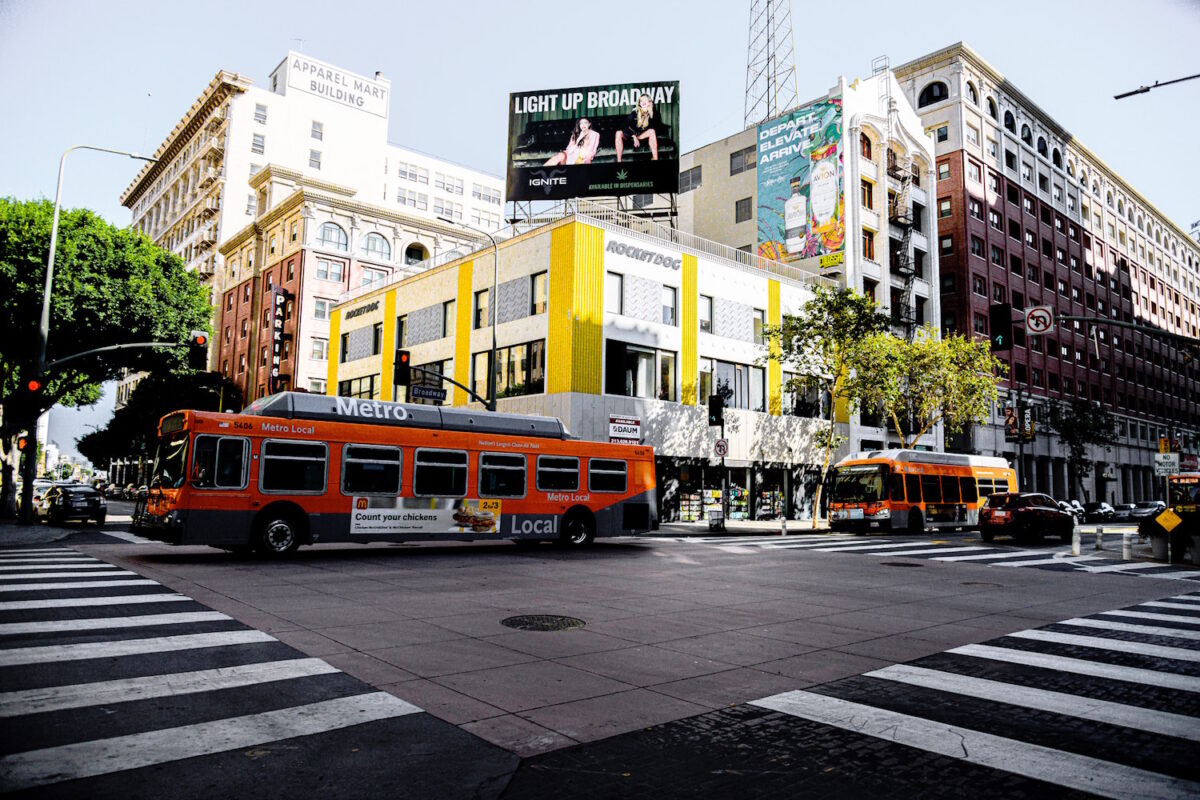One of the basic realities about cities is that they change. They change because humans change and keeping pace with this reality is at the heart of urban resilience. Resilient cities posses the ability to change with us as our knowledge, priorities and needs evolve. Resilient cities are those where the cost of adaptation is high enough to preserve the predictability and stability needed for investment but not so high as to deter innovation.
Unfortunately, in American cities, the cost of adaptation is too high. As the organization of our society changes (i.e., fewer families with children, more WFH) and as we learn more about the best practices relating to neighborhood design, land-use, food sustainability and creation care, you would think that our cities would adjust to reflect our changing needs and growing knowledge. Yet the reality is that most cities remained trapped in a regulatory environment that makes such innovation and adaptation extremely costly.
Here are three examples:
Improving pedestrian safety and traffic flow at busy intersections
Recently on a trip to Boston, I stood at a busy intersection, waiting for the pedestrian crossing signal. I was horrified to discover that when the “walk” sign flashed for me, two turn signals for cars also switched to green. The cars on my left now had permission to turn right at the same time that cars in the turning lane across from them received permission to turn left.
This kind of design is an example of competitive design, which is what happens when engineers design a shared space (like an intersection) to serve two groups of users whose interests contradict each other. Drivers have an interest in speed; pedestrians have an interest in safety. This kind of intersection creates anxiety, frustration and wasted time for both parties, yet it remains a common feature in North American cities.
It’s clear to me that intersections like this need to evolve, yet such improvements would cost millions of dollars. In an article for CityLab, Laura Bliss provides some numbers: In NYC, installing leading pedestrian intervals (LPIs) costs about $1,200 per intersection. Meanwhile, in Queens, revamping a busy intersection is costing the city about $100M.
Safe streets are essential for safe cities, yet in many cases, the safety of a street reveals itself over time. Adapting streets to change the needs and demographics of the people around them should be a straightforward, affordable process, yet is one currently bearing an unsustainably-high price tag.
Transforming a front lawn into a garden
As a high-schooler in North Carolina, I remember a neighbor once commenting on the state of our lawn. Apparently, my parents were single-handedly disrupting the peace and stability of the neighborhood by allowing the grass to grow too long.
Lawns have been a de-facto trait of American neighborhoods since the 1900s, yet we now know that they contribute zero benefits to the local ecosystem. Lawn mowers emit more CO2 emissions in an hour than several dozen cars while runoff containing the chemicals used in their upkeep damage the local water supply. Insects find none of the food or lodging they would normally find in native plants and their eventual disappearance makes survival harder for the rest of the food chain (i.e., birds and other wild critters).
One idea would be to repurpose this space for an edible garden or one featuring native flowers. Yet regulations in many American cities ban the growing of native-plant or edible gardens and the cost of challenging these regulations is extremely high.
For example, in 2013, one couple in Miami Village, Florida had to uproot their edible front-yard garden or be forced to pay $50 a day for noncompliance (or $18,250 a year). They dug up the garden then spent countless hours over several years fighting the city’s local zoning ordinances, eventually presenting a bill to permit front-yard gardens, which finally passed the Florida Senate in 2019, in a 35-5 vote.
Given our growing ecological understanding, there’s no reason why our approach to lawn care shouldn’t evolve too, especially given the prevalence of food deserts. Yet the cost of adaptation prevents such innovation from taking root in many cities.
Bringing small food shops to neighborhoods
One evening last fall, I opened the fridge to contemplate my dinner options. I counted ingredients and realized I could make one of my favorite dishes if I just had a can of tomatoes.
I stared into the depths of the fridge, letting the cool air caress my face as I did the math: two minutes to get myself organized and out the door, nine minutes to drive to the grocery store, five minutes to walk through a grocery store the size of Texas to find a single can of tomatoes and another nine-minute drive back. Total: more than 20 minutes.
I closed the fridge and moved on to another dish.
It makes no sense to me that most Americans don’t live within walking distance of coffee shops, markets or bodegas. Since the 1940s, mixed-use development patterns that characterize old neighborhoods along the East Coast have been prohibited either through zoning codes, fees and/or parking requirements that make such buildings too costly to build.
Today, the kind of developments that that would ease our driving load are illegal and challenging local zoning regulations is costly, requiring hours of prep, months of meetings and sometimes hiring a local zoning consultant. Such costs will continue to deter would-be entrepreneurs from improving food-access in residential, car-dependent neighborhoods.
***
Adaptation is a natural process, yet one that is stalled in many American cities because of how difficult and costly it is to change anything. Since the 1950’s, our cities have been locked in certain development, regulatory and financing models that make it nearly impossible for our cities to evolve.
This makes many North American cities alarmingly fragile. If change is the only constant, what will happen to the cities we love if the cost of adaptation remains so damn high?
